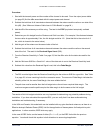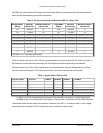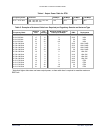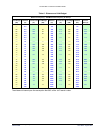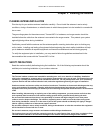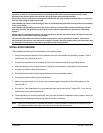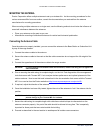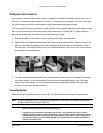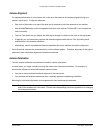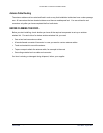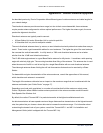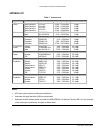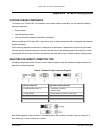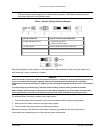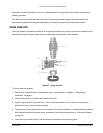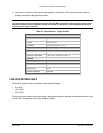
Tsunami MP.11a Antenna Installation Guide
Antenna Alignment
For optimal performance of your wireless link, make sure the antennas are properly aligned (facing one
another “eye-to-eye”). To align the antennas:
▪ Use a pair of binoculars or a map of the area and a compass to point the antennas to one another.
▪ Use the Link Test option of the management tools that come with the Tsunami MP.11a to analyze the
radio link quality.
▪ The Link Test option lets you display the radio signal strength in relation to the noise in the signal path.
▪ If required, you can interactively optimize the antenna alignment with the Link Test, by making small
modifications in the antenna orientation.
▪ Alternatively, consult a professional Antenna Installation Service to optimize the antenna alignment.
Omni-directional antennas are characterized by a wide radiation pattern. Therefore, alignment of this type of
antennas is less critical than alignment of directional antennas.
Antenna Polarization
Tsunami outdoor antennas are standard mounted for vertical polarization.
In some cases, you might consider mounting the antenna for horizontal polarization. For example, to
minimize the influence of cross-talk between antennas when:
▪ You plan to mount multiple directional antennas to the same mast.
▪ Your wireless link receives interference from a vertically polarized neighboring installation.
Mounting for horizontal polarization is not supported for omni-directional grid antennas.
Note: For optimal wireless link performance, you must always verify that the antenna polarization on both
ends of the wireless link is the same. Consult the corresponding instruction appendixes for changing
the antenna polarization.
Chapter 3. Installing the Antenna 30
CPN 65756B Issue Date: August 2003



